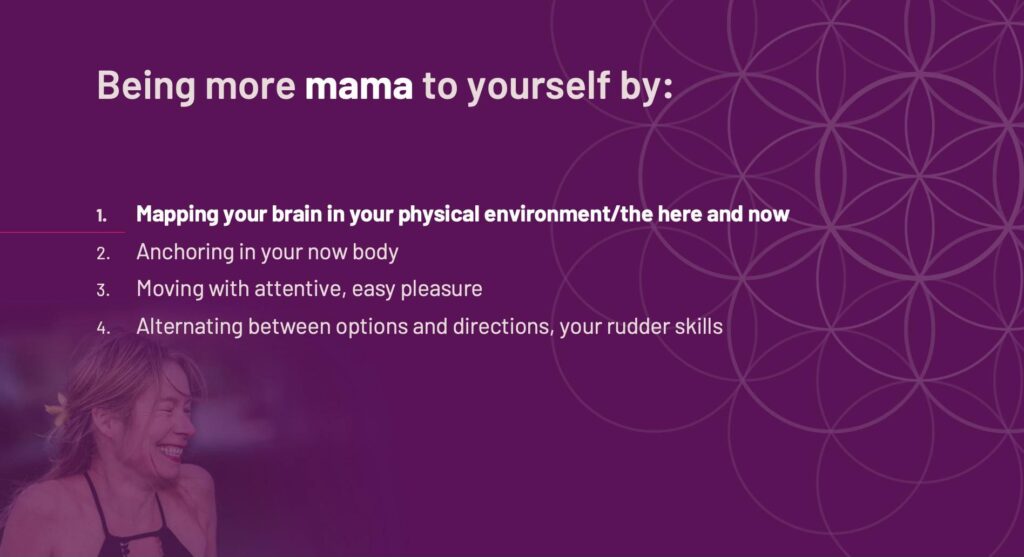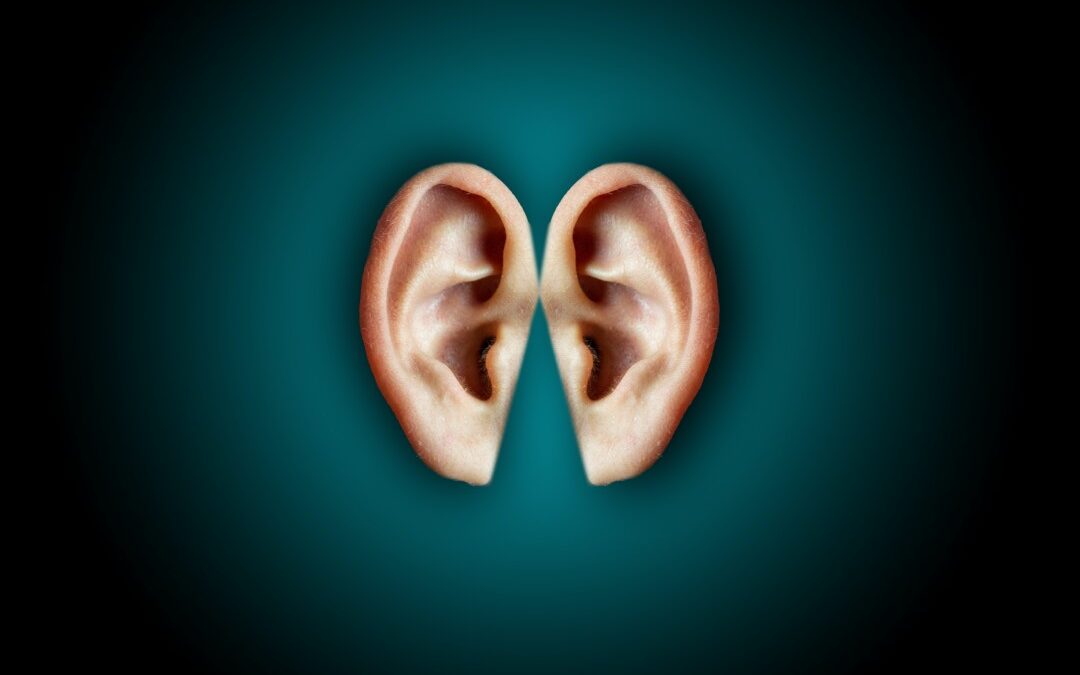Today I like to champion the fine art of listening before you demand your body to change.
Do you recognize these situations in which you share something with someone, or you are facing a challenge or struggle, or feel sad or upset by something… and without first asking you what you need or want, people immediately start telling you what you should do, have to do, or what they have experienced and worked for them? How does it make you feel when that happens?
Did you know that there is a verb for this behavior of assuming someone needs your help and you know what they need: FRAP-ing. It is an abbreviation for:
- Fixing
- Rescuing
- Advising
- Projecting
It actually means that people are not truly seeing you, nor hearing you, and not acknowledging you for who you are and how you feel. I believe this is one of the most disempowering things we can do to each other. Because we all need to be seen, heard, and acknowledged for who we are, our own wise & wisdom, our feelings, and emotions, our own experiences, our unique stories, our boundaries … no matter what.
Frapping often happens because the frapping person feels uncomfortable by what they hear, see or feel, and by how the frapped person responds to a situation. The frapping person often feels triggered by the pain, struggles, or challenges that she witnesses. The frapped person often meets this frapping with reactions of resistance, withdrawal, or helplessness. And I believe that, even if a thank you is politely said, assumption-based fixes, rescues, advice, and projections are seldom helpful.
Do you so every now and then frap somebody consciously or unaware?
Frapping is perfectly human. It is a survival habit. It helps us to not have to feel ourselves in ways that challenge our feel-good states, our feeling of being in control of what is happening, or our own perspective on things. Honestly, it makes most of us feel better to think that we truly helped somebody, even if that means telling them how to act, to move, to feel, to think, and to see like us.
So outside, so inside
Why do I bring this topic up? Because almost every one of us FRAPs her body and nervous system at some point. With the often, still far too simplistic and mechanical view we hold of our physical selves, we fix, rescue, advise, and project our expectations, our stories, and what we think we need onto our body and nervous system, from how we want our body to move, look, and feel to how we think it should be better.
So often we ignore, or force, our intelligent, sensitive nervous systems to behave and act in a certain way, without enough understanding of their role in the complex living system that we are and its relationship to the sentient, living environment around us. Many times this results in physical, emotional, and mental pain, overwhelm, or anxiety. Reinforcing these patterns that keep us stuck in pain, uncertainty, low confidence, or tension.
FRAPing our body and nervous system is a form of not listening, not seeing, not acknowledging. It stops us from getting to know the underlying dynamic of relationships: the relationship patterns that make us move, emote, think, and behave in certain ways. When we FRAP ourselves, we try to change that single symptom that gets our ‘What-is-wrong-attention. The so-called elusive obvious.
And by our effort to get rid of this symptom, we keep reinforcing the uncomfortable neuro-biological pattern underneath. Our neurobiology will do what it can to prevent any rapid, forced change that disrupts its equilibrium. Because a change in one place means everything changes in expected and most unexpected ways.
How to then help ourselves without FRAP-ing?
There are a few universal principles underneath all interaction that happens in living systems/ living beings us included.
- Living systems can only be interested, invited, or gently encouraged to change
- Living systems only accept solutions that they help to create
- Living systems only pay attention to what is meaningful to them in the here and now.
- Living beings don’t communicate linearly and unambiguously! They communicate through complex layered messages that weave together biology, emotion, reason, physicality, soul, environment, now, and past.
By respecting these universal principles of change and growth, 3 steps will help you tap into the magic of self-healing:
- Listen actively with all your heart
- Follow the pattern with a curious inquiring attitude rather than focusing on a symptom.
- Stay in the question: What does this pattern want to tell you through sensation, feeling, thought, image, and movement?
- Dance and co-create with your nervous system; go slow, move small, attend to ease and pleasure, and don’t assume.
When there is no need for the nervous system to protect a pattern it lets go of its defenses and orients itself on what it perceives as meaningful now and here.
Exactly this is what the short free mini-course ‘ Co-creating and flowing with your nervous system’ will be about. You can find it on my YouTube channel soon.
In this course, I will give you a taste of how to rewire patterns with the help of your wise sensuous body and intelligent, sensitive, nervous system. A combination of cutting-edge neuroplasticity and powerful Feldenkrais functional integration. So you can feel more confident, relaxed, and joyful in your body. Let’s be MAMA to ourselves.
To play is to heal, to move the foundation, to sense the way in, your body the source

